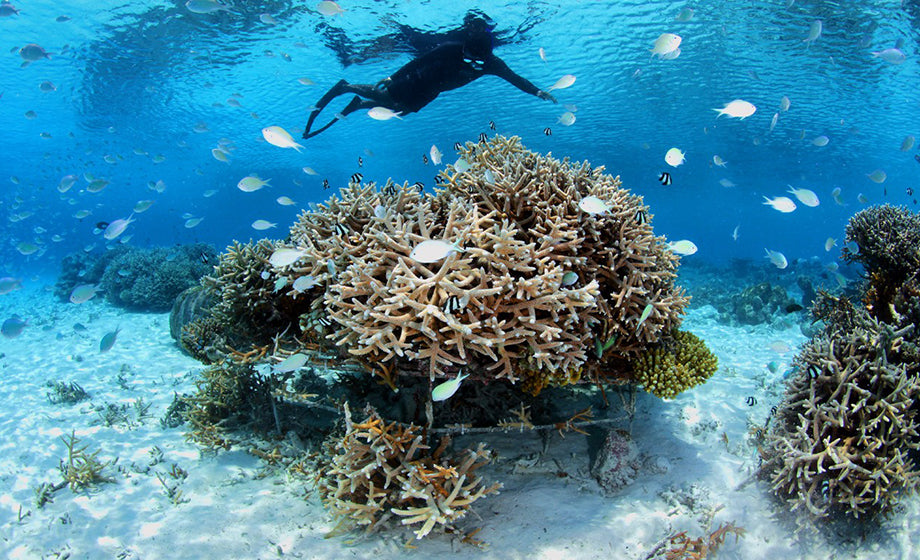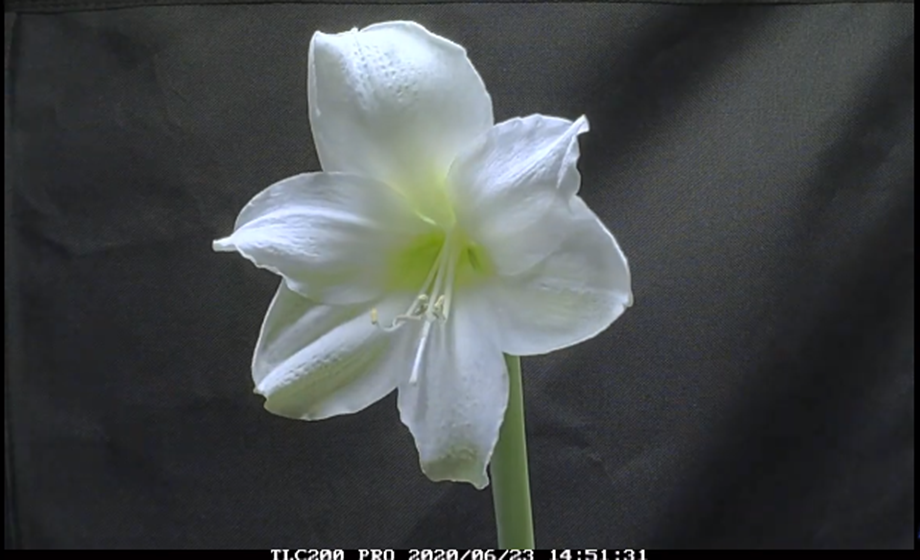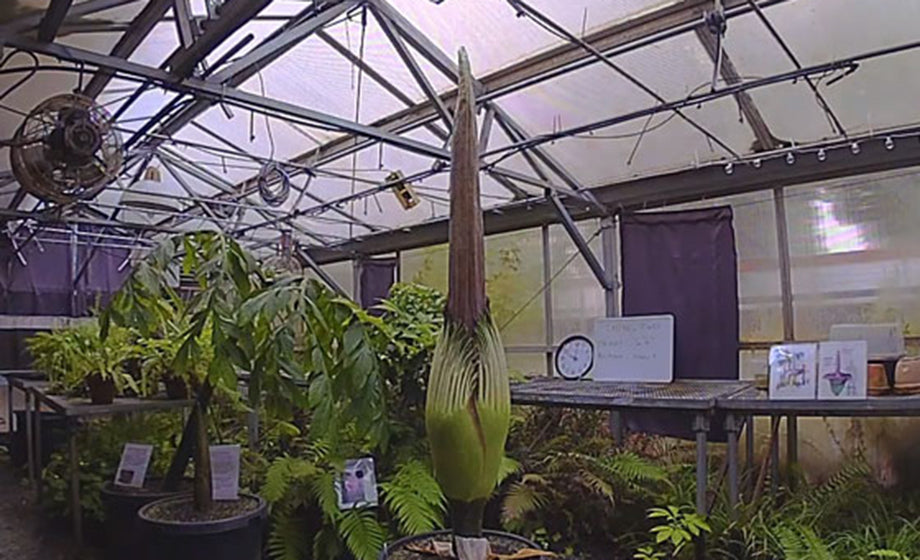Since 2005, Reefscapers has been working on coral restoration projects in the Maldives. Over the past 15 years they have developed one of the most successful marine conservation plans in the world with more than 300,000 coral fragments planted to date. In recent years the region has been suffering from coral bleaching events that not only have devastating environmental impacts but also economic on the local level. Reefscapers revolutionary coral frame technique for planting coral fragments has proven to provide a long term monitoring solution for maintaining the health of coral reefs worldwide.
Coral can be found in every ocean across the world and at every depth. These are diverse organisms that can consist of a single polyp to thousands in large colonies. Polyps are soft bodied and translucent organisms that are in the same family as sea anemones and jelly fish. Their bases are made out of a hard skeleton which serves as the coral structure. For a reef to start a polyp needs to clasp onto something stable like a rock, once settled it will divide into thousands of clones creating a coral reef.

The brilliant colors we associate with coral are the result of a symbiotic relationship between polyps and a special type of algae called zooxanthellae. The coral provides the algae with a protective environment as well as the compounds needed for it to convert sunlight into chemical energy through photosynthesis. The algae in return produce oxygen, glucose, glycerol, and amino acids which are needed for the coral to create its skeleton. Waste is also filtered out of the environment by the algae and it is 90% of the coral’s food source, making it an essential part of a reef ecosystem.
Climate change along with environmental pollution has had devastating effects on coral reefs across the world. Rising ocean temperatures have changed the relationship between the coral and algae. New environmental changes are putting increased stress on reefs resulting in the algae being expelled by the coral, in turn causing the coral to lose its colors and being “bleached”. In these bleaching events unless the stress point is quickly removed the entire coral colony will die.
Reefscapers has undertaken a number of research projects to better understand the bleaching process and how to develop better mitigation and management strategies to protect the health of coral reefs not only in the Maldives but in other regions as well. Without immediate action, coral bleaching will have devastating environment and humanitarian impacts. Though coral reefs only cover 1% of the world’s surface they contribute $375 billion USD annually to local economies. A quarter of fish caught in developing countries is from coral reefs ecosystems and they also mitigate coastline erosion by creating a natural sea wall.

Recently Reefscapers started using BrinnoTLC200Pro time lapse cameras and the BCS 24-70 zoom lens to conduct research on the coral bleaching process. These tests take place in a controlled lab setting and involve rising the water temperature in an aquarium that is housing healthy coral and documenting the effects. By using time lapse they have discovered that an unidentified gas is released by the coral during the bleaching process, which they have hypothesized is connected to the algae being expelled. Further research is needed to identify the type of gas that is being released howeverReefscapers has a few theories.
| Carbon Dioxide (CO2) | Oxygen | Reactive Oxygen Species (ROS) |
|
Inorganic carbon from seawater is one of the key components needed for coral to create their skeleton through a calcification process. This process creates CO2 that in normal times the algae uses to enhance photosynthesis and is able filter out the acidic byproduct of CO2.
When coral starts to bleach, there is a period of accelerated calcification which could be triggering imbalanced conditions caused by increased CO2 resulting in the algae being expelled. |
During the initial bleaching phase there is an increase in algae photosynthesis which can increase the levels of oxygen.
The aquariums used by the researchers have low flow rates which could be causing oxygen bubbles to get trapped on coral branchlets. In the wild there would be a natural breakdown of the oxygen molecule’s boundary layer leading to this release being masked. |
This is an unstable molecule that contains oxygen and can have devastating effects on cells. If there is a buildup of ROS in a cell then it will cause damage to its RNA, DNA, and certain essential proteins leading to the death of the cell.
The photosynthesis process naturally produces ROS. Both coral and algae have adapted to handle ROS however if there is accelerated photosynthesis the increased ROS can overwhelm both organisms leading to a domino effect of conditions that cause bleaching. |
While the type of gas and its release process remains unknown, further research with the help of Brinno time lapse technology will provide more insight into the coral bleaching process. Through this knowledge, Reefscapers will be able to develop localized management and mitigation strategies that can be used to protect coral reefs from further damage.
To learn more about Reefscapers and the work they are doing check out their website and Facebook page. If you are interested in sponsoring a coral frame more information can be found here.
Reefscapers data




